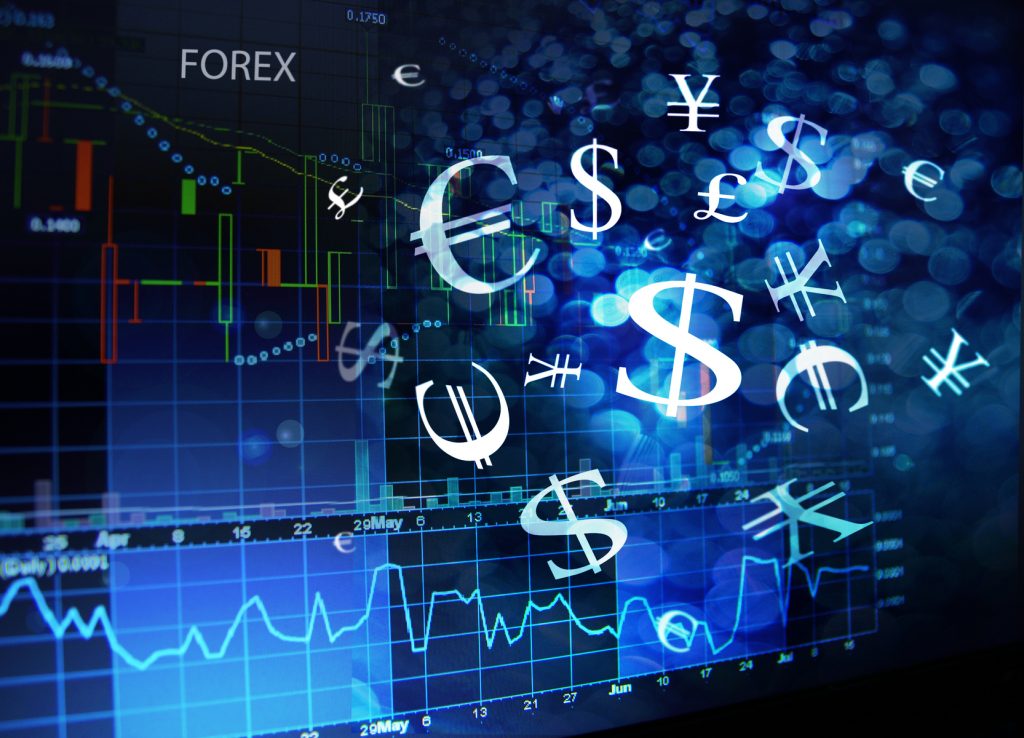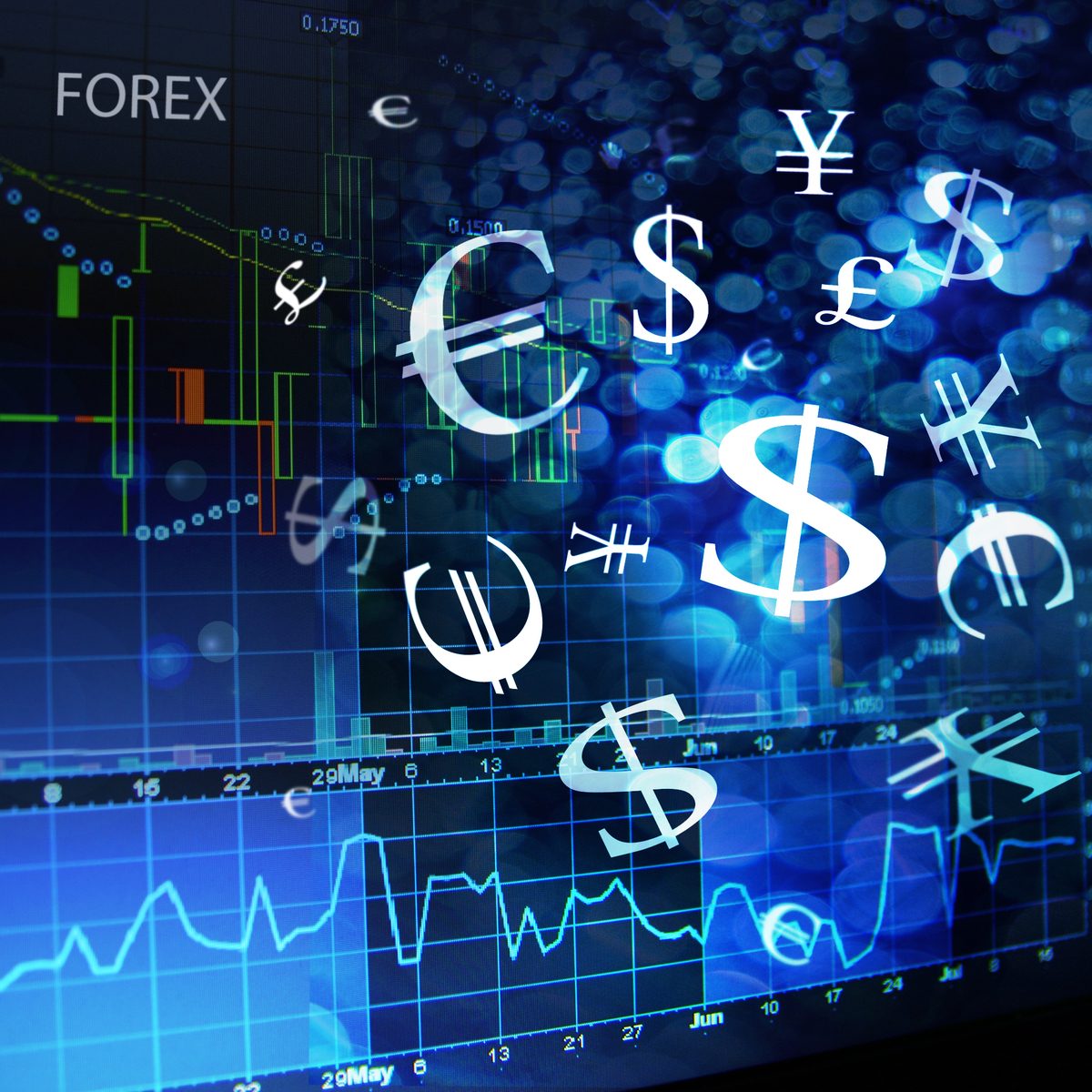Digitization and electronification have broadened the FX market over the past decade or so, increasing its appeal over a wider class of investors across the globe. But to be fair, electronic trading has been in use for over a decade, but it only started to gain traction in the late 2000s (around the time of the financial crisis) and since then it has attracted a whole new trend of tech-savvy investors, with regulators calling for more transparency.
The Financial Information Exchange Protocol (FIX) can be said to be at the heart of this evolution. First introduced in 1992, FIX started in the Equity Market but is now integral to FX trading. With increasing adoption of FIX by Forex brokers and consistent growth and competition for local investors, more companies felt pressured to diversify away from home territory, leading to a globalization of FX markets that has further advanced foreign exchange activity.

How extensively has technology shifted FX?
In the early 1990s we had around USD 1.2 trillion in the OTC market that was mainly voice traded, fast-forward to 2016 and the market accounts for nearly USD 6 trillion, 70% of which is electronically traded. Technology has been at the heart of the global Forex space, and according to expert projections, by 2019 it is expected to hit USD 8 trillion, of which 85% will be electronically traded.
The call for more transparency in the FX environment can be considered the building block for further electronification and digitization – although another factor weighs in on the issue: a heightened level of activity, combined with systematic fragmentation of transactions across different platforms. Simply put, there’s much more volume today, but everyone is hoping to catch the best possible overall spread.
There is some irony in this. In the 1980s and early 1990s the market was highly fragmented and by the mid-90s it had become somewhat centralized, but now we’re witnessing a reversal of events with even greater fragmentation thanks to a myriad intermediaries.
What do clients get from e-trading?
E-trading presents a number of opportunities for the current trader; higher transparency, reduced service costs, etc. And also, the trader is brought that much closer to the transactions through features such as online streaming and on-screen pricing. In the meantime, large financial institutions and established brokers continue to invest in technology and develop infrastructures that facilitate automated trading, shifting the very nature of trading.
In order to compete, every trading partner has to develop an effective platform for individual traders: but it doesn’t stop here. Creating a platform is just one basic element of the game; the main issue is to maintain a technological edge over the competition in the global marketplace. One has to be on the right level to provide tech-savvy clients with the type of service they have come to expect, and this calls for continuous innovation and development of existing infrastructures.
Tools for successful trading
Successful FX trading remains dependent on five key factors:
- A good price engine
- Distribution platform
- Risk management platform
- Execution aggregator, and
- Analytics
Because of the efficiency made possible by e-trading, what was once a strictly institutional and corporate business developed around edging risk has evolved to include entirely new client segments, encompassing a large retail market whose approach of FX is that of a tricky mathematical problem. This has had an impact on money managers and pension funds. But where is electronification taking the FX market?
The most significant changes occur in a longer timeframe – say 2-3 years, but in the short term, the immensely populated retail market in the West and Asia can be expected to implement more of the emerging technologies, and this includes uptake and use of trade analytics to enhance each trade given the volatility of the market.
So is Technology a friend to FX?
For the millions of people making small trades from their home computers every day, the answer is an obvious yes. For larger institutions, this also means accessing a larger client base, with competition levelling out for the well-established firms and institutions that play a role in the larger FX market. So even if in the future we see less available credit and reduced flow from institutions, there’s still a lot of upside for companies and real money managers as they go about digitizing their overlaying management.
We will continue to see a shift in dependency from traditional institutions to actual FX growth from a trading, technology, and franchise concept.





